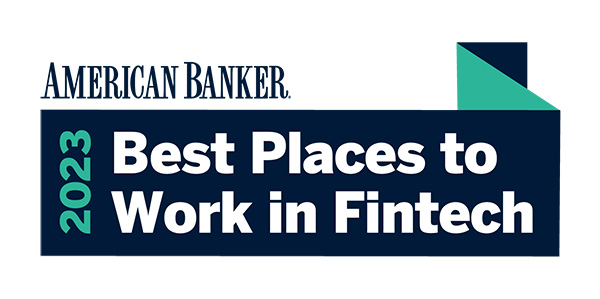There’s no doubt about it: The fintech industry has exploded over the past few years, with advancements and applications that are revolutionizing the way customers interact with their money — and with their financial institutions.
Banks and FIs may find themselves struggling to keep up, as their legacy core systems simply aren’t able to pivot as quickly. They’re built for stability and security, and they do their jobs well; changing course is a matter of years, not months. So how are financial institutions supposed to meet customers where they are with full-featured applications that make it faster and easier than ever to navigate their finances? The short answer is integration through iPaaS.
What is an iPaaS?
An integration platform as a service, or iPaaS, is “a suite of cloud services enabling development, execution, and governance of integration flows connecting any combination of on-premises and cloud-based processes, services, applications, and data” within a single entity or across multiple organizations, according to Gartner’s IT glossary.
Put simply, iPaaS is a slick way to get fintech offerings to play nicely with your institution’s legacy systems. If you envision your software ecosystem as a living, breathing human body, in which your core system is the brain and other applications are your hands, feet, etc., you can think of an iPaaS as the network of veins and arteries that carry data between applications. It bridges the gap between cloud and on-premises, utilizing data integration, API management, and more to make disparate systems speak the same language for a seamless, more efficient user experience. It’s a great way for your institution to stay up-to-date without having to completely update your core systems. (Want more insight into how APIs, in particular, are driving fintech innovation? Click here.)
What iPaaS can do for you:
Integrating your core software and fintech applications using an iPaaS offers a number of benefits both to your customers and to your organization. Let’s go through five big ones:
1. Keep pace with demand
Especially in this post-COVID world, customers are expecting more and better functionality from their service providers, including financial services. Integrating fintech applications into core systems through an iPaaS gives financial institutions a way to keep pace with customer demand by rolling out new functionalities without having to completely overhaul their core systems.
2. Increased efficiency
Banks and financial institutions using an iPaaS for integration will see increased efficiency both externally and internally. Not only will customers experience faster, more streamlined service, but employees will be able to work more quickly thanks to workflow automation.
3. Better customer service
Integration enables seamless transfers of data between your core systems and the fintech applications your customers use to manage their finances. New applications are cropping up all the time, so being able to access their banking information quickly and easily from their apps of choice will go a long way toward building customer loyalty. Rather than seeing fintech as the competition, integration allows banks and FIs to leverage this technology to better serve customers.
4. Improved Security
An iPaaS solution includes built-in fraud detection and intruder alerts, and since you’re operating from a centralized platform, it’s also easier to spot threats and act quickly to resolve them. Plus, implementing changes in a single environment makes regulation compliance easier to manage.
5. Low code development
Integration via iPaaS eases the burden on your in-house software development team, thanks to libraries of pre-built APIs and drag-and-drop capabilities that let organizations accelerate digital transformation.
Make room for iPaaS:
Think about this: Amazon founder Jeff Bezos was recently quoted as saying “If your customer base is aging with you, then eventually you’re going to become obsolete or irrelevant. You need to be constantly figuring out who are your new customers and what are you doing to stay forever young.”
iPaaS is poised to help financial institutions continue to stay agile amid growing customer demand, and those institutions that get on board earlier rather than later are sure to be better off. The global iPaaS market was estimated to be valued at $1.9 billion in 2020 and is expected to reach $10.3 billion by 2025, growing at a CAGR of 40.4%. With those numbers, it’s clear that integration is where banks and FIs should be focusing their attention in the future.
The good news is, you don’t have to go it alone. Companies like Core10 are uniquely positioned to help you get moving on API projects you’ve been meaning to tackle — and there are lots of good reasons to partner with a fintech specialist. If you’re ready to talk integration, we’re ready to help. Reach out today to schedule time to talk about how Core10 can put your integration plans into action.






